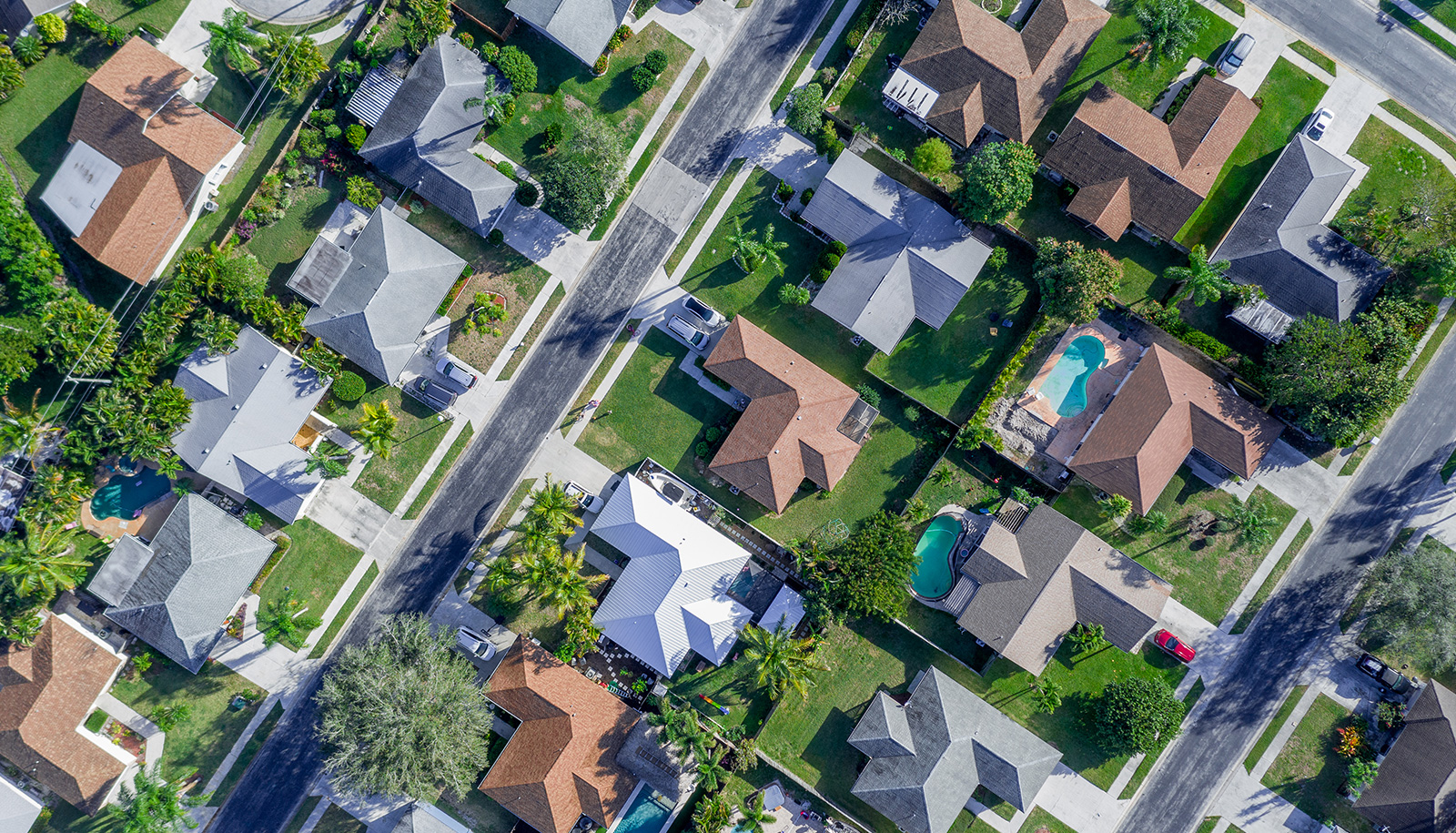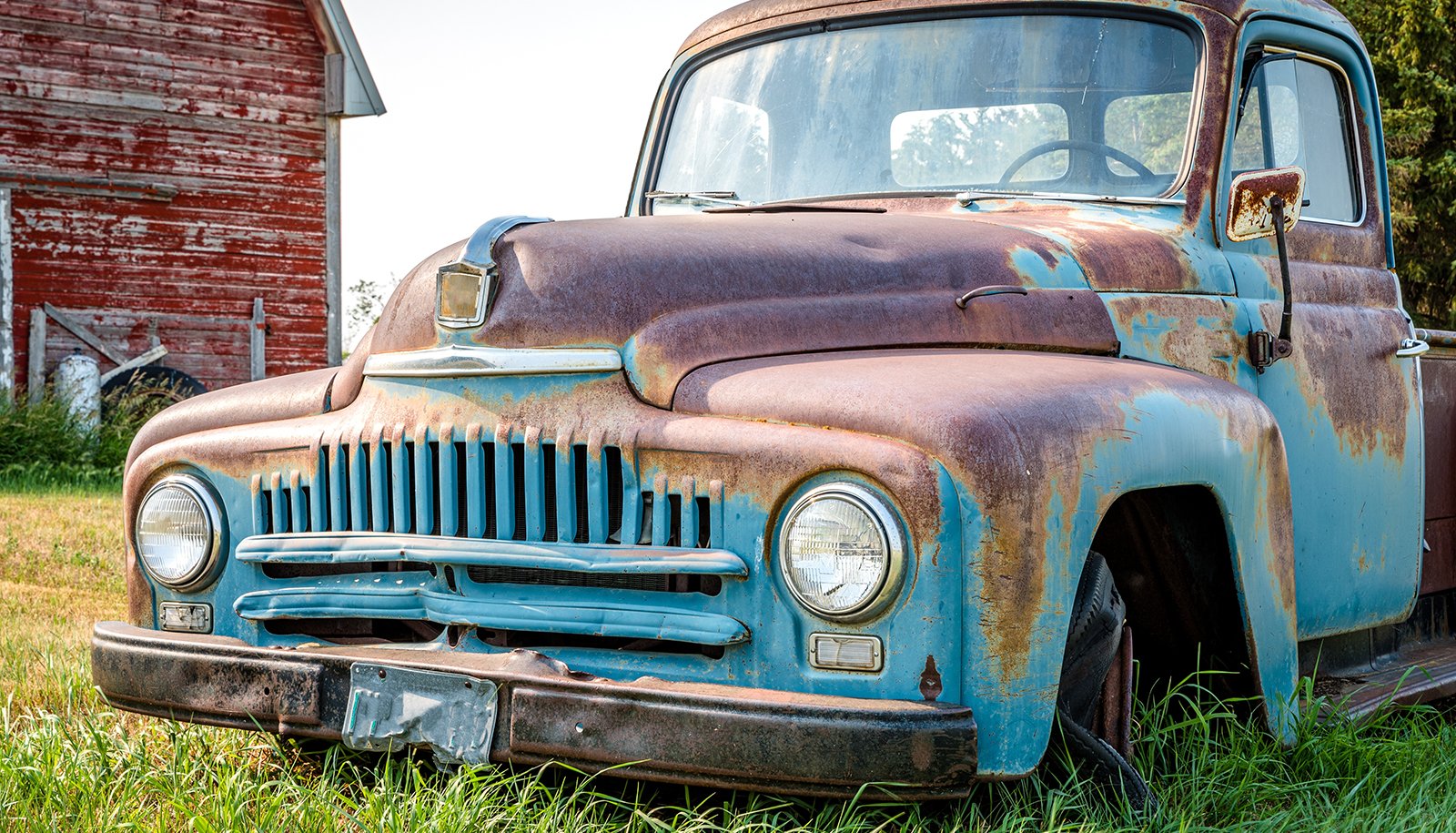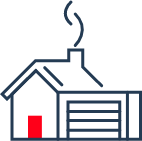Roofs are an integral part of any home; they protect us from the elements and contribute significantly to a house's aesthetic appeal. Choosing the right roof type is crucial for both construction and renovation projects.
In this post, we’ll explore eight common roof types, discussing their features, advantages, and ideal environmental conditions. Whether you're building a new home or renovating an existing one, this guide will help you understand the most common roof types and make an informed decision.
1. Gable Roof
Gable roofs, often referred to as pitched or peaked roofs, are among the most popular in the US. They’re easily recognized by their triangular shape.
Pros: The simplicity of their design allows for easy water drainage and provides more space for the attic or vaulted ceilings.
Cons: However, gable roofs can be problematic in high wind and hurricane areas. Also, if the frames are not properly constructed with adequate support, the roof could collapse.
Best for: Gable roofs are ideal for areas with heavy snow and rain, as their slope promotes the easy flow of water.
2. Hip Roof
Hip roofs have slopes on all four sides. The sides are equal in length and come together at the top to form a ridge.
Pros: This design makes hip roofs sturdier and more stable than gable roofs.
Cons: On the downside, hip roofs are more expensive to build because they are more complex. They also provide less attic space.
Best for: Hip roofs are excellent for both high-wind and snowy areas. The slant of the roof allows snow to slide off with ease.
3. Pitched Roof
Pitched roofs are characterized by their steep slope.
Pros: This design provides extra interior space, which can be used for additional storage or living space.
Cons: The primary drawback of pitched roofs is their cost. The steep slope requires more materials and labor to construct.
Best for: Pitched roofs are best suited for places that experience heavy rainfall or snowfall. The steep slope allows for quick water runoff.
4. Flat Roof
As the name implies, flat roofs appear to be completely flat but do have a slight pitch to allow for water runoff.
Pros: Flat roofs provide additional space that can be utilized for a rooftop garden or as a living area.
Cons: The primary disadvantage of flat roofs is poor drainage, which can cause water leakage if not properly maintained.
Best for: Flat roofs are ideal for dry climates and are commonly seen in commercial or industrial buildings.
5. Truss Roof
Truss roofs are highly customizable and can be designed to fit any building.
Pros: They distribute the weight of the roof to the outer walls for better support.
Cons: However, truss roofs require professional help to install and can be expensive due to their complex designs.
Best for: Truss roofs are suitable for various environments, but their design should consider the local climate.
6. Attic Truss
Roof Attic truss roofs, also known as room-in-roof trusses, provide a spacious room within the truss.
Pros: This design allows homeowners to maximize their living space.
Cons: The downside is that these roofs are relatively expensive and require more time to construct.
Best for: Attic truss roofs are versatile and can be used in various climates depending on their design.
7. Gambrel Roof
Gambrel roofs, often seen in barn houses, have two distinct slopes, with the lower one being steeper.
Pros: This design provides extra interior space.
Cons: The primary disadvantage is that gambrel roofs are not ideal for areas with high winds or heavy snowfall.
Best for: Gambrel roofs are best suited for dry climates.
8. Mansard Roof
Mansard roofs, also known as French roofs, have four sides with two slopes on each side. The lower slope is steeper than the upper one.
Pros: This design maximizes the living space within the roof.
Cons: However, Mansard roofs can be more expensive due to their intricate design.
Best for: Mansard roofs are versatile and can be used in various climates, but their design should consider the local climate.
HOW TO CHOOSE THE APPROPRIATE ROOFING MATERIAL FOR YOUR ROOF TYPE
Selecting the correct roofing material is a pivotal decision in the construction or renovation process. This choice can significantly influence your home's durability, appearance, and energy efficiency.
There are several key factors to consider when selecting your roofing material:
- Roof Type: The structure and design of your roof can limit the types of materials suitable. For instance, some materials are better suited to steeply pitched roofs, while others are designed for flat or gently sloping roofs.
- Local Climate: The weather conditions in your area play a significant role in the selection of roofing materials. Some materials are more resistant to specific elements, such as heavy snowfall, high winds, or intense sun exposure.
- Budget: The cost of roofing materials varies widely. While it might be tempting to opt for the cheapest option, remember that more expensive materials often last longer and require less maintenance.
- Aesthetic Preference: The material you choose should complement your home's architectural style. The color and texture of the roof can significantly impact your home's curb appeal.
Your roof is a critical component of your home; from gable to mansard, each roof type offers unique benefits and challenges. Consider your local climate, budget, and architectural style when choosing a roof type. Consulting with a roofing professional can also provide valuable insights tailored to your specific circumstances.
And if you need help finding the best homeowners insurance coverage for the best price, speak to a SimplyIOA agent at 833.872.4467 or get a homeowners insurance quote online now.










